Chanukah, the Jewish Festival of Lights, is an eight-day celebration during the winter months. The holiday commemorates the miracle of light and represents the resilience of the Jewish people through times of oppression.
The Story of Chanukah
Chanukah, often spelled as Hanukkah, is a story of the Jewish people’s triumph against the Greek Seleucid Empire in 167 B.C.E. During this time, the land of Judea, present-day Israel, was under occupation by the Greeks ruled by Antiochus. Antiochus imposed pagan practices on the Jews. The Greeks defaced the Jewish synagogue known as the “Second Temple” and slaughtered pigs, making the temple “dirty” for the Jews.
The Jewish people fought against the Greeks in the Maccabean Revolt, a revolution by a group of Jewish soldiers known as “The Maccabees.” This group was led by father Mattityahu and his son Judah Maccabee. The Maccabees fought for the freedom of Jewish people against the pressure to exile Jews from Judea by surrounding its capital, Jerusalem. The Maccabean Revolt concluded in 160 B.C.E. In the end, The Maccabees prevailed and were free to practice their faith and remain in their homeland Judea.
As the Jewish people reclaimed their land and faith, they commenced their work to cleanse the Second Temple. As part of this, the Jewish people sought to restore their custom of having a perpetual flame burning in places of worship to signify the presence of God.
This eternal flame (“Ner Tamid”) was first illuminated by the high priest of Israel, Kohen Gadol. The Jews soon realized they did not have enough oil, and the Ner Tamid would only burn for one day. To the astonishment of the Jews, the Ner Tamid remained lit for eight days, and these days allowed more time to locate oil and maintain the flame. It is this “miracle” that the oil continued to burn for eight days that is celebrated by the Jewish people as Chanukah.
Time of the celebration
Unlike the Gregorian calendar adopted approximately 400 years ago which is currently used to measure time in most countries including the United States, since 3761 B.C.E. The Jewish people have observed the lunisolar Hebrew calendar also known as the Jewish calendar. The Hebrew calendar now serves as the official calendar of Israel, and it is used by Jewish people today everywhere to measure Jewish events.
Being a lunisolar calendar, the Hebrew calendar utilizes elements such as moon phases to measure the lengths of days and months. This means that Chanukah, like other Jewish holidays, does not align to the same date annually on the more universally used Gregorian calendar.
Chanukah traditions
Chanukah begins at sundown. Traditionally, Jewish people begin each night of Chanukah’s celebrations by saying blessings in Hebrew while they light the Chanukiah which is commonly known as a Menorah, a candelabrum with nine lights. The ninth light, called the “Shamash,” or “helper candle,” is used to light each of the other eight lights. Each light symbolizes one night the oil lasted in the Second Temple. On the first night, the Menorah would have only two candles lit, the Shamash and another of the nine candles representing the first night until all nine candles are lit on the last night. In the Jewish religion, any time that candles are used it is important that they are never blown out, but that they burn out by themselves naturally, because the lights symbolize the presence of God.
Following the lighting of the Menorah, Jews play a traditional game called “Dreidel” by spinning a four-sided top to win a monetary prize. Each side of the dreidel contains a different letter of the Hebrew alphabet. These letters are: Nun, Gimel, Hay and Shin which represent the phrase “Nes Gadol Haya Sham,” which in Hebrew translates to “A great miracle happened there.” The “great miracle” refers to the eternal flame that burned for eight continuous days in the Second Temple when the Jews believed it would only last for one day.
The rules of playing dreidel are as follows: if the spinner lands face up on the letter Gimel, the player will receive “everything in the middle” which contains all the coins in the “pot” or middle of the playing table. If a player lands on Nun, that player receives “nothing.” If the spinner lands on Hay they receive half of the coins or the prizes in the middle, and if it lands on “Shin” the player must put all winnings back in the middle.
Food and Drink
It is tradition to prepare and eat foods fried in oil during Chanukah to symbolize the oil that kept the eternal flame burning. These foods include potato pancakes known as “latkes” and jelly donuts known as “sufganiyot.”
Traditionally, Chanukah was not a time of gift-giving. However, in the United States and other Christian countries where Christmas is widely celebrated, Jewish children have come to receive small gifts each night of Chanukah. Although gift-giving may have developed as a more modern practice, the original spirit and significance of the Festival of lights remain intact.
Chanukah is a time for Jewish people to spend with family celebrating not only togetherness but also the resilience of their people. Jewish families often cook together. In the United States, baking Chanukah cookies is a newer tradition. Again, made with oil, Chanukah cookies are cut in the shapes of Menorahs, Dreidels, Gelt and Stars of David with the Star of David being the religious symbol of Judaism.
Another traditional food at Chanukah is chocolate “Gelt” or coins. In the Jewish language of Yiddish (a melding of German and Hebrew languages) Gelt translates simply to “money.” After the Maccabean Revolt when the Second Temple was rededicated and the first Chanukah celebration occurred, gold coins were provided to Jewish widows, soldiers and orphans. In the modern-day celebration of Chanukah, these coins have become symbolic and are now coin-shaped chocolates wrapped in gold foil.
An annual celebration of heritage, history, resilience and survival, Chanukah remains a tradition in Jewish families across the world. In 2023, Chanukah begins on December 7th at sunset and concludes on December 15th at sunset, and the eternal flame continues to burn bright each year.





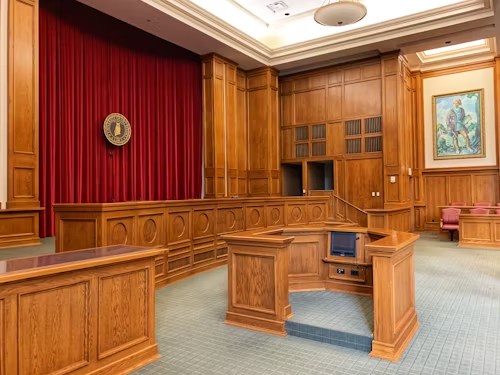
































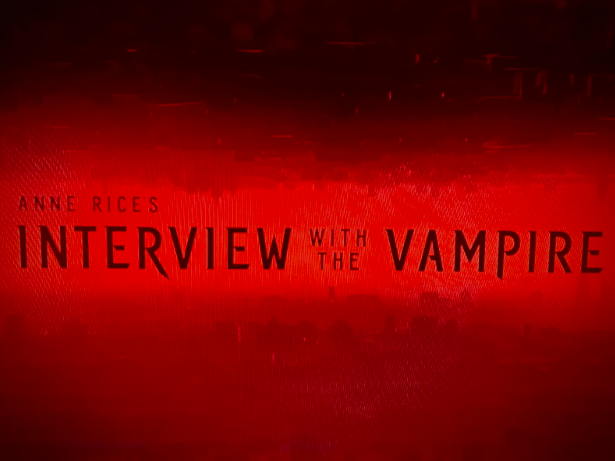

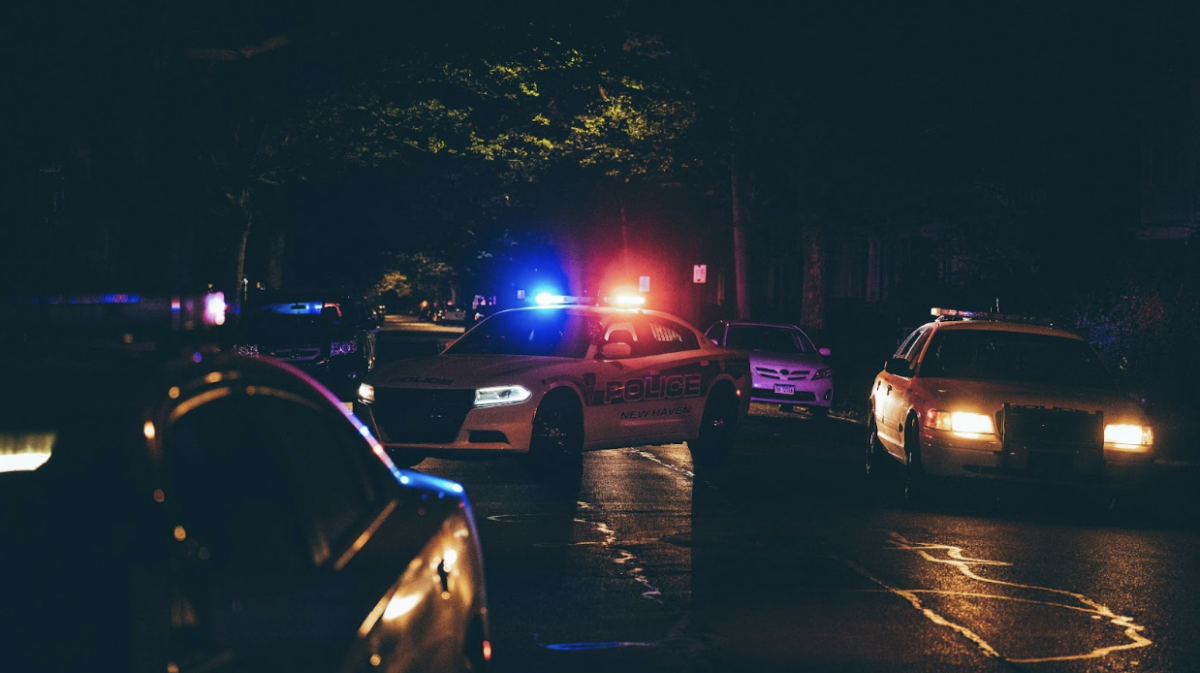
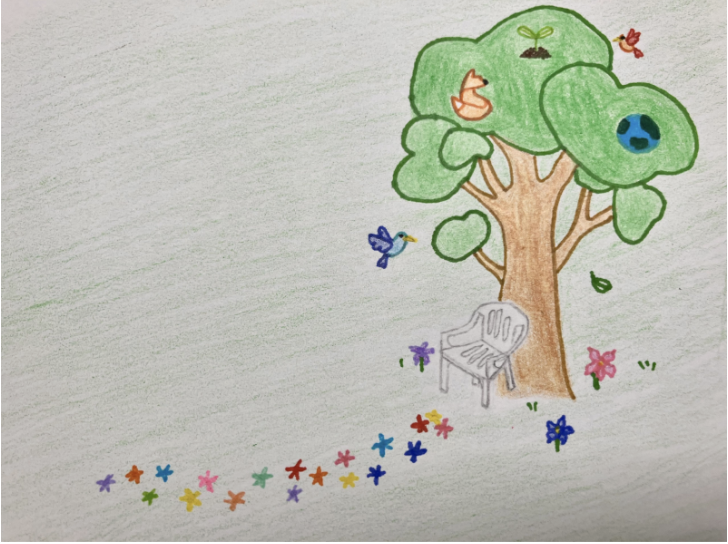
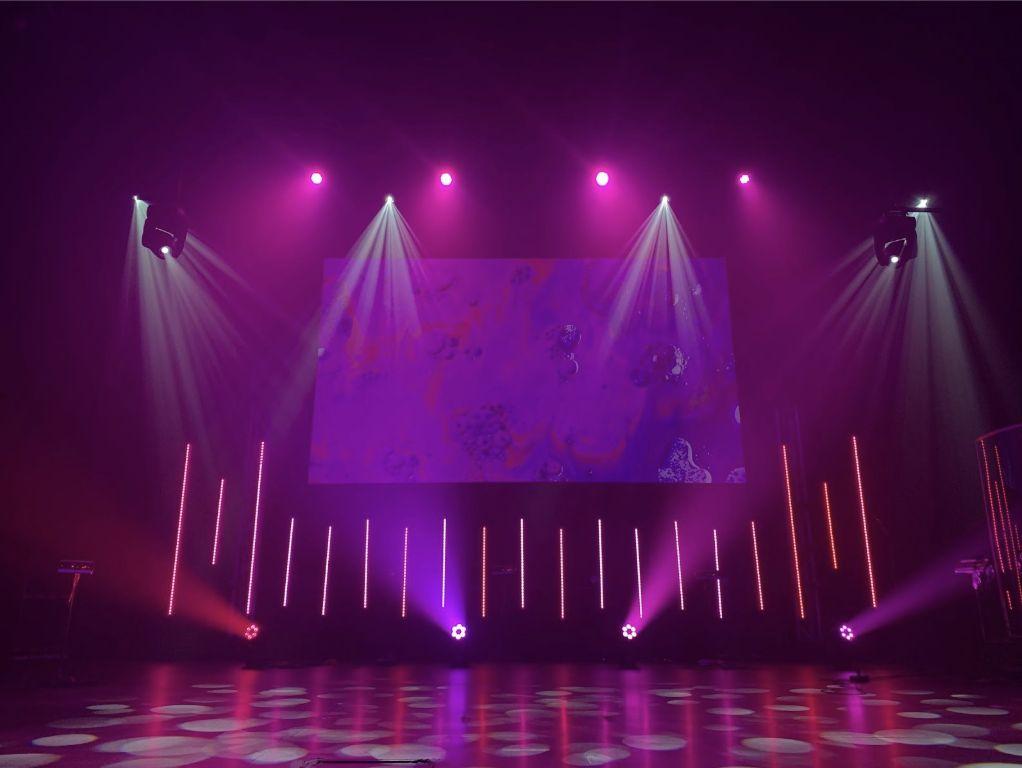



































Jennifer Westerlund • Dec 12, 2023 at 3:01 pm
Nice article. Great job GH Falcon!
JDY • Dec 12, 2023 at 3:00 pm
Great article! History is so important to know.
Mark Yanklewitz • Dec 11, 2023 at 3:55 pm
I thought this article was outstanding.I learned something’s I was not aware of.It shows a great deal of research on your part. Keep up the good work.
Judy Bunchuk • Dec 11, 2023 at 12:54 pm
An excellent article depicting one of Judaism’s Happy Celebrations (of a miracle).
Well written for everyone to understand this joyous holiday.
Annette litman • Dec 11, 2023 at 12:54 pm
A beautifully written article by a very talented and smart young lady.
CANDY Straus • Dec 11, 2023 at 12:25 pm
A pleasure to read this article. In describing this part of Jewish history, the author did a marvelous job.
Susan Yanklewitz • Dec 11, 2023 at 8:49 am
An excellent article! It shows research to ensure accuracy . Loved the pictures too.